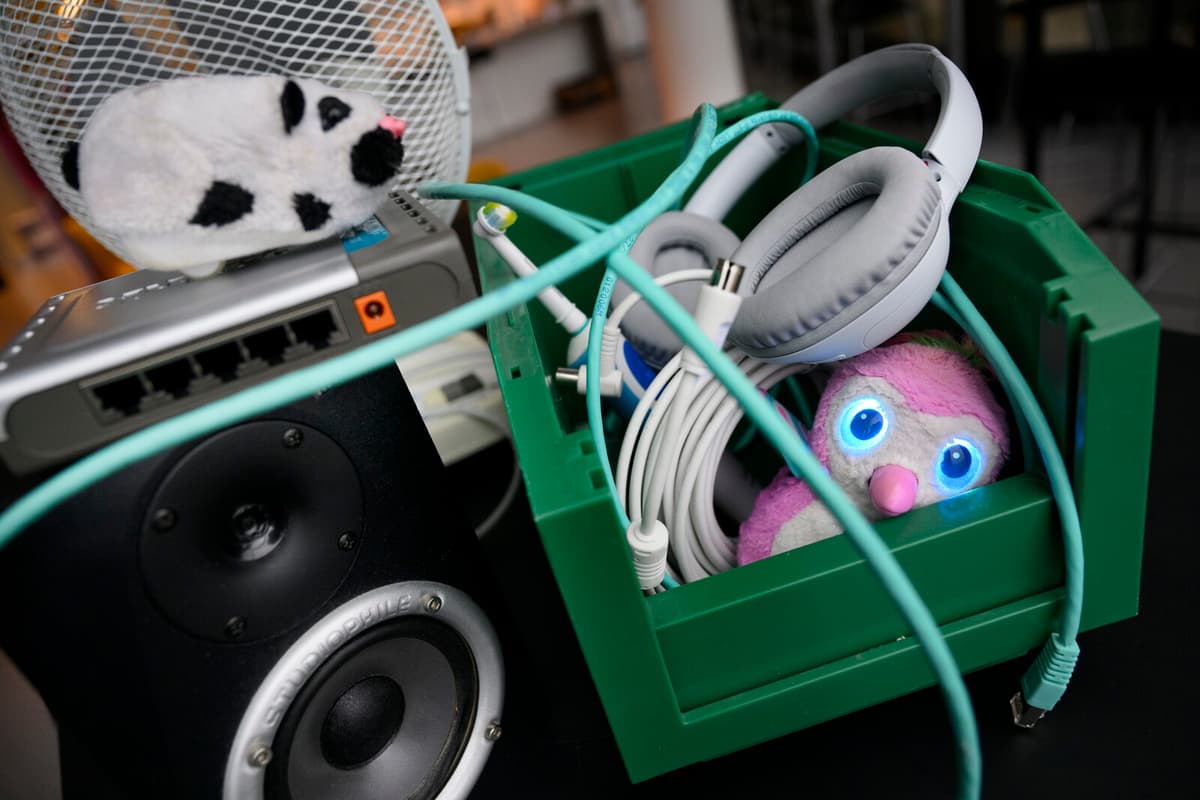Mobile phones, toys, remote controls, headphones, chargers, children's shoes with flashing lights – all are electronic waste and should be handed in as such. But nearly a quarter end up in household waste, according to the producer responsibility organization Waste electrical and electronic equipment (WEEE) Forum.
Electronic waste contains valuable materials worth billions of kronor. Just the e-cigarettes thrown away in 2022 contained enough lithium for 15,000 electric cars.
Sorting correctly
In Sweden, we are, according to official statistics, at around 13 kilos of discarded electronic waste per year and person – above the EU average of 11 kilos, according to the producer responsibility company Recipo.
However, according to an estimate from the Swedish Environmental Research Institute (IVL) from 2021, 8,000 tons of small electronics still end up in waste in Sweden every year.
As more and more products contain electronics, the risk of mistakes increases.
I think that if you think about old, worn-out electronics, it's your TV and microwave, but maybe not those flashing shoes or toys with tiny electronics far inside, says Mårten Sundin, marketing and communications manager at the industry organization El-Kretsen.
It's absolutely the worst when it ends up in household waste. On the one hand, environmentally hazardous substances can be released, and on the other hand, we don't utilize the resources that exist, so it's a double loss.
Lying around and cluttering
There is also a large amount of electronics that simply lie around and clutter. According to WEEE Forum, there are around 700 million unused or non-functional mobile phones in European households.
We Swedes are not better. According to Hugo Chorell, sales manager at Recipo, we are particularly bad at small electronics like mobile phones. An estimate is that there are 20-25 million unused mobile phones in Swedish homes.
A survey from WEEE Forum shows that an average European home, apart from lamps, contains 74 different electrical products. Of these, nine are not used although they work, and four are broken.
We see the age of the stuff that comes in to us, they have long since passed their expiration date. Half of the mobile phones we receive have buttons, says Mårten Sundin.
According to the survey, the most common reason for letting electrical products lie around and clutter is that one thinks one will use them in the future. Second is that one will sell or give them away, and third is that they have sentimental value.
The most common reasons for saving electrical products:
1. One might use them later (46 percent)
2. One thinks one will sell or give them away (15 percent)
3. They have sentimental value (13 percent)
4. They might become valuable in the future (9 percent)
5. One doesn't know how to get rid of them (7 percent)
WEEE Forum has, with the help of its member organizations, conducted a survey in Portugal, the Netherlands, Italy, Romania, Slovenia, and the United Kingdom. 8,775 households participated in the study.
Source: WEEE Forum





